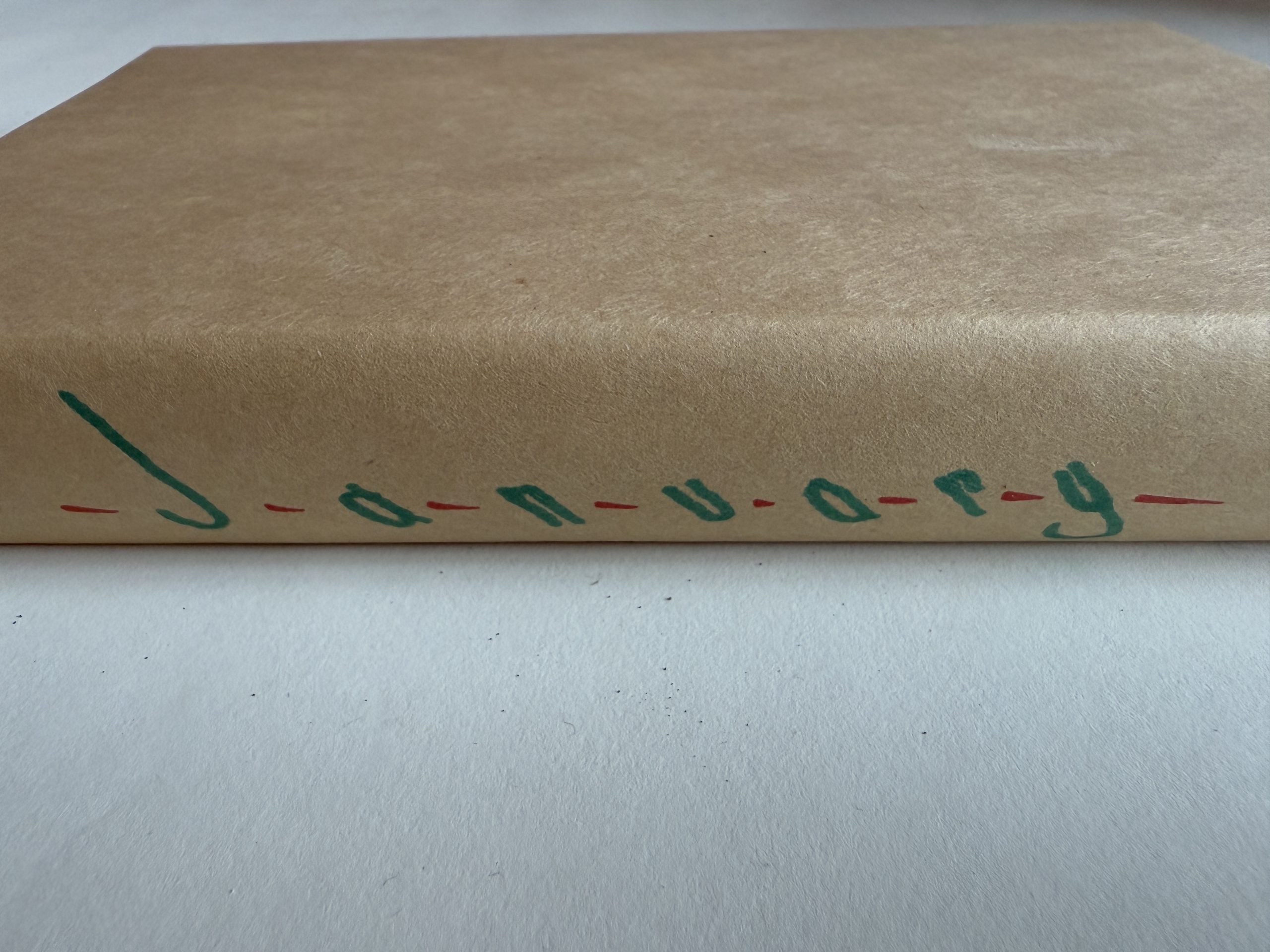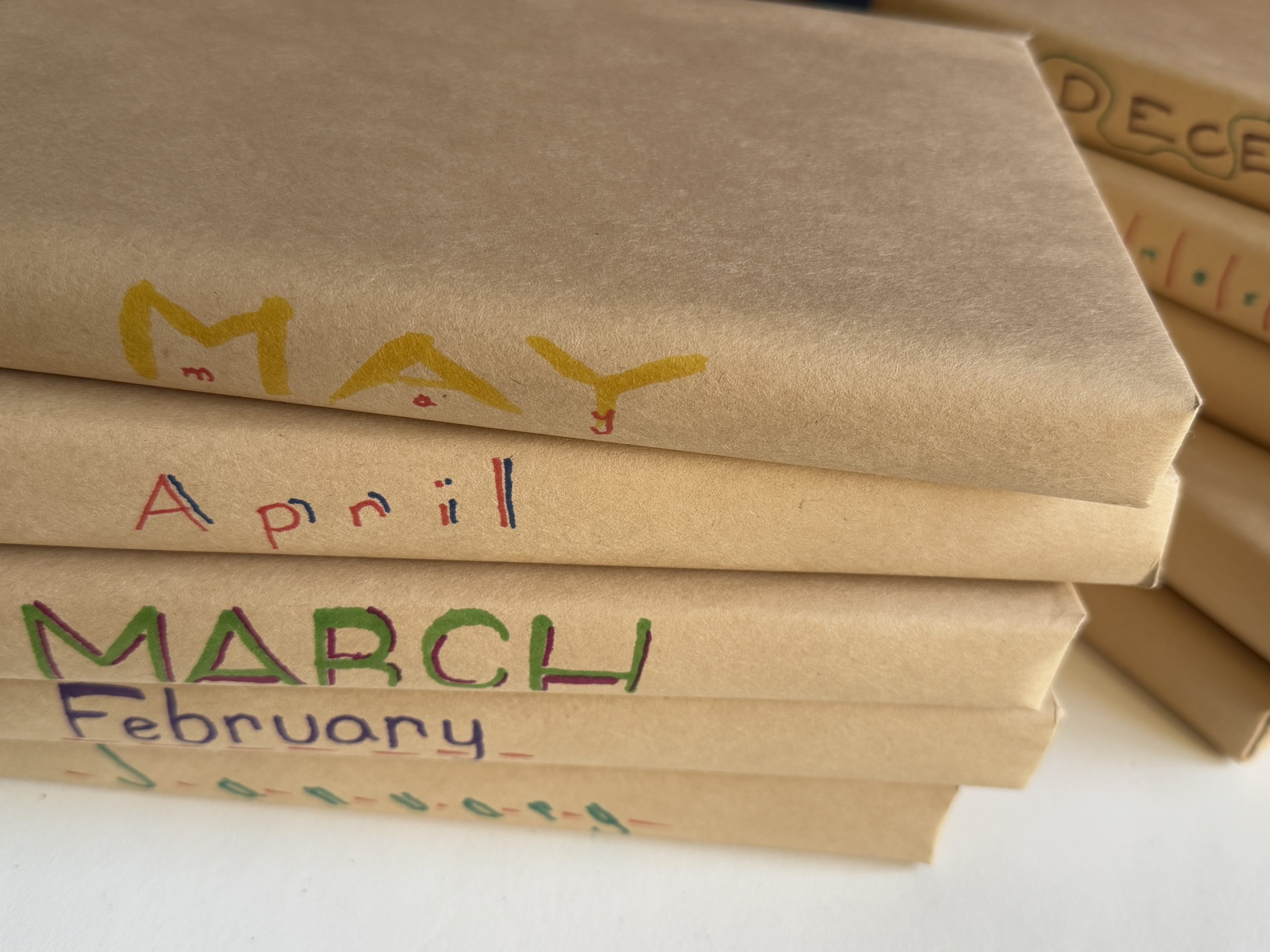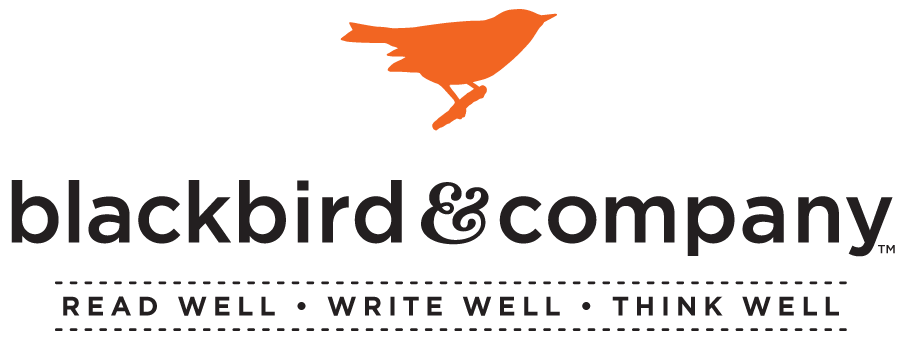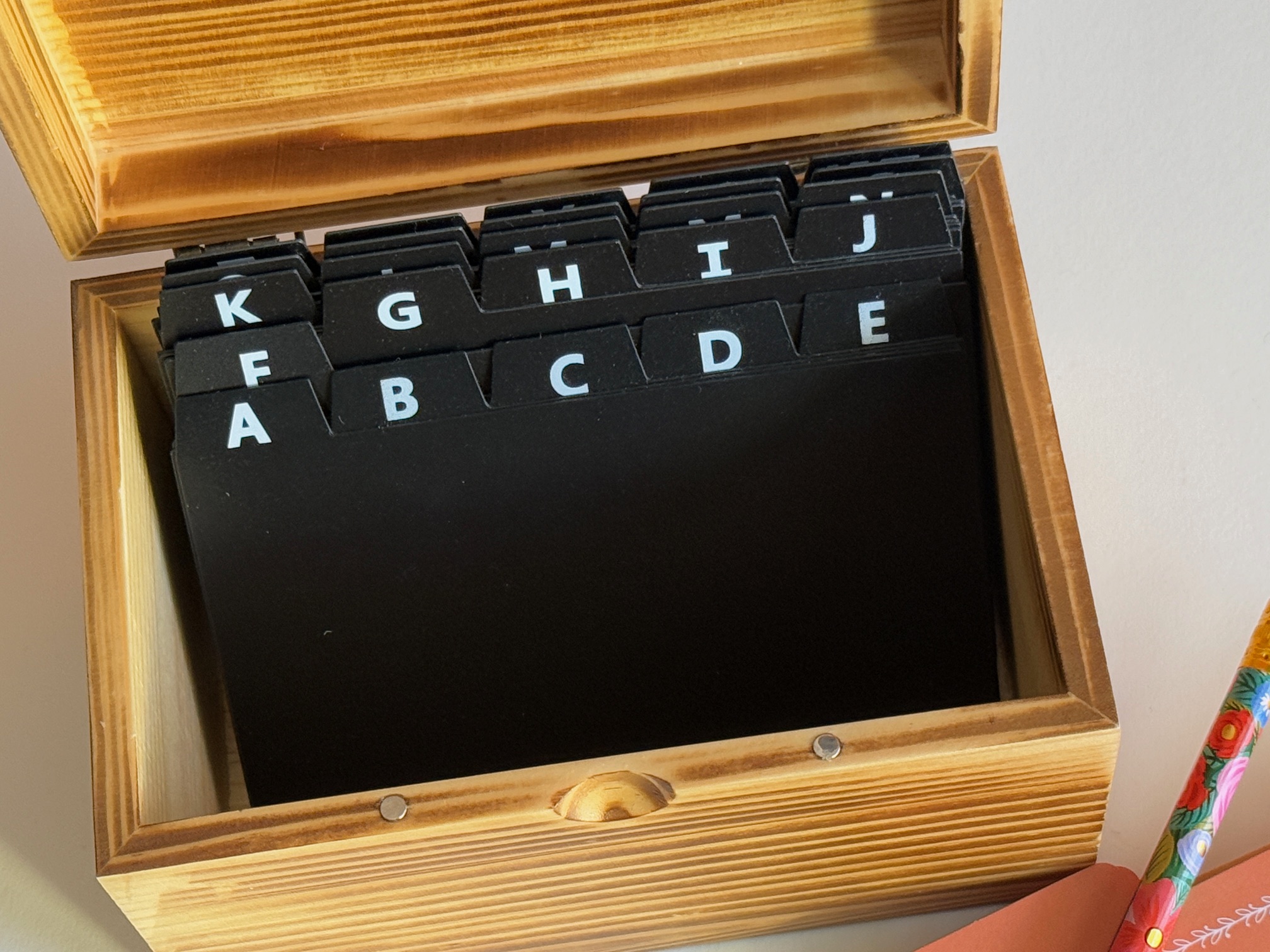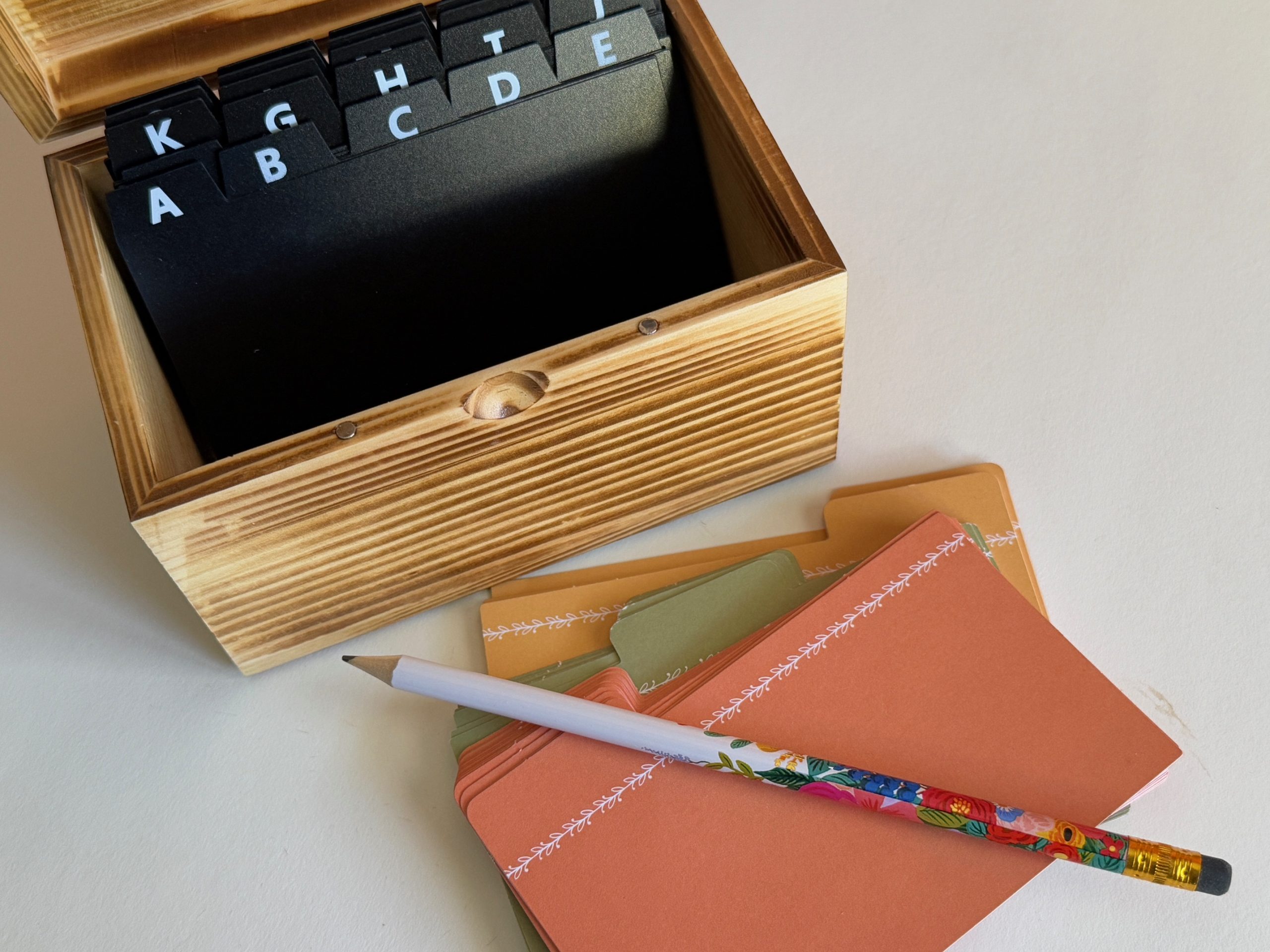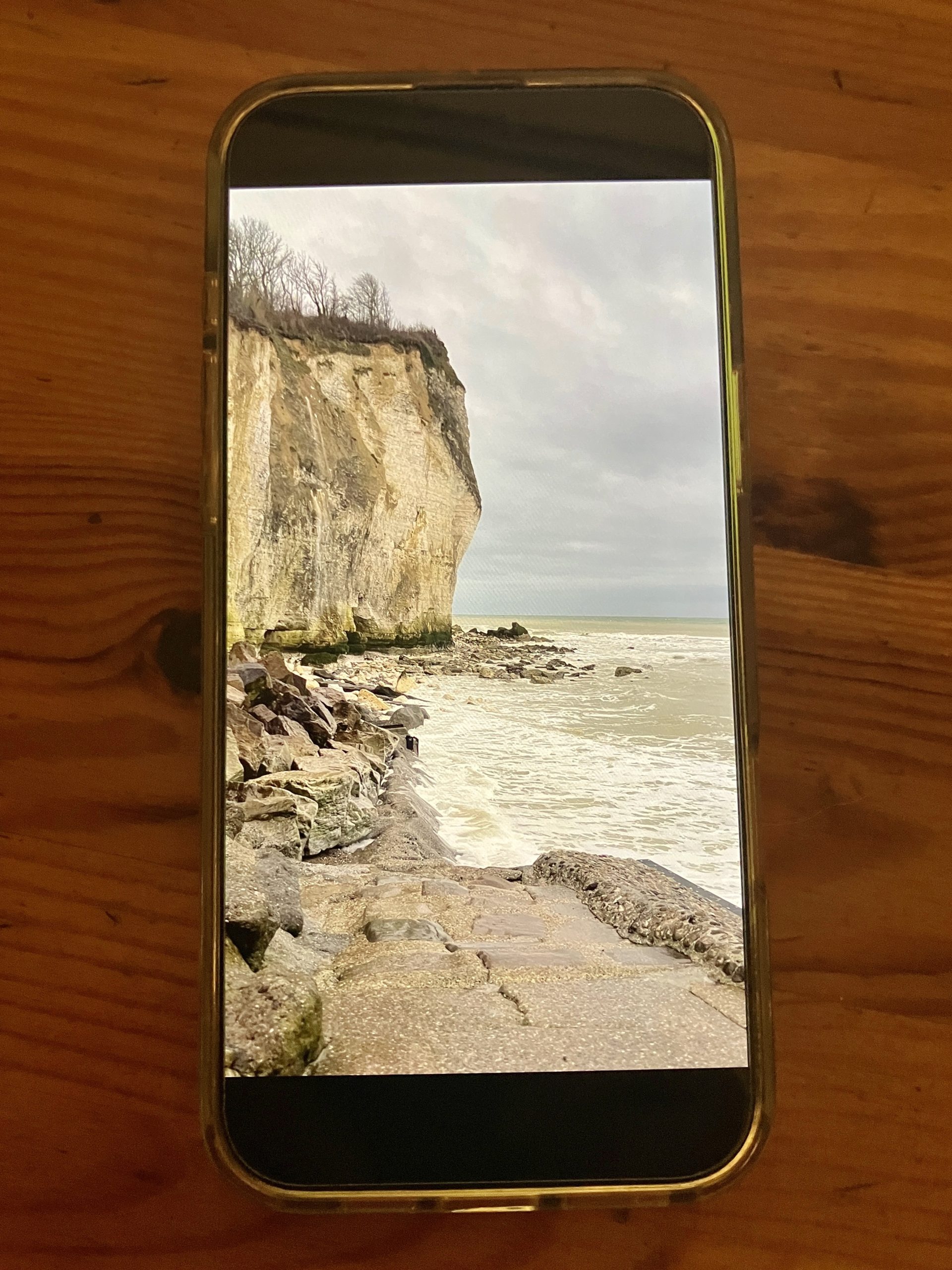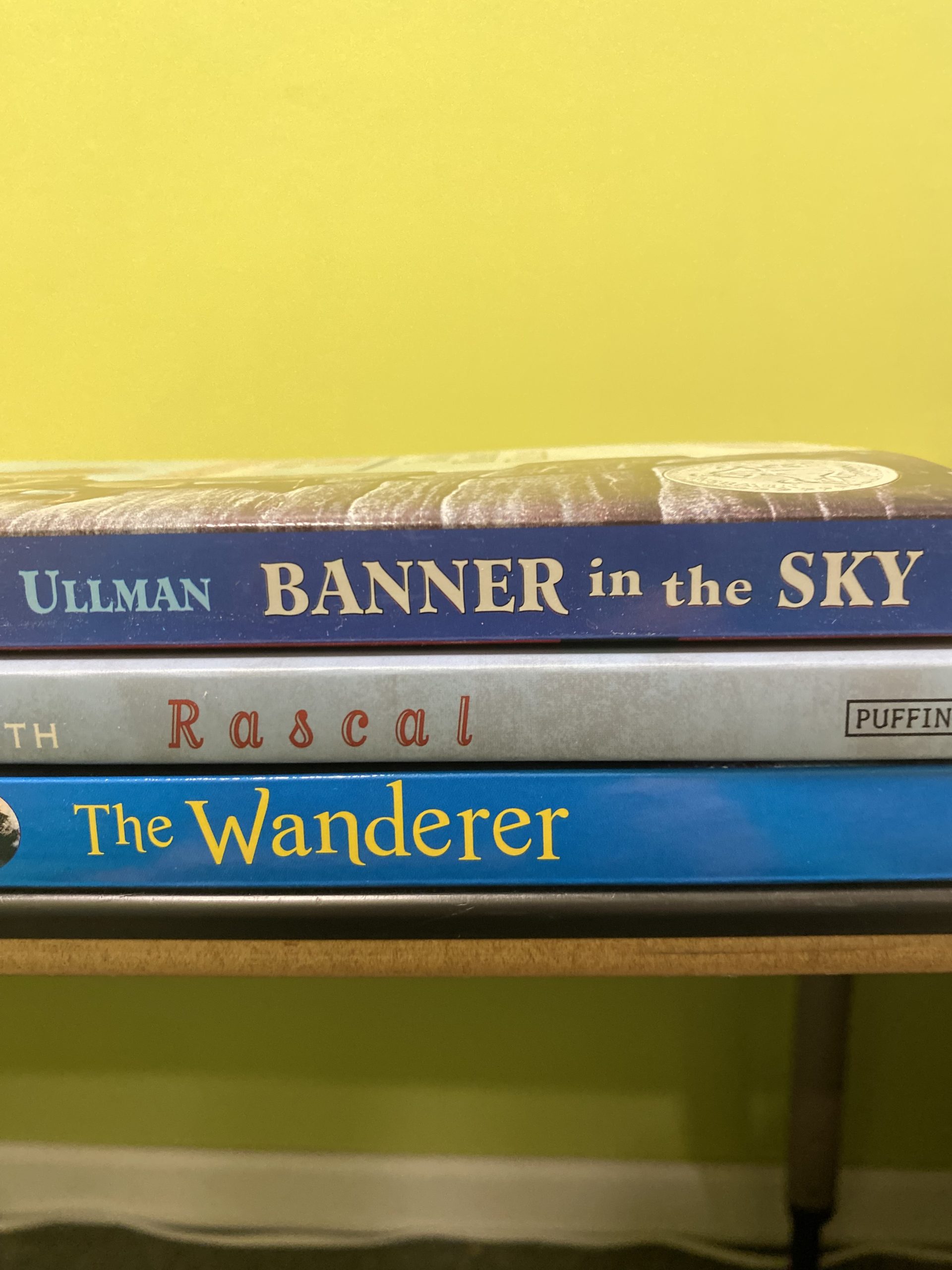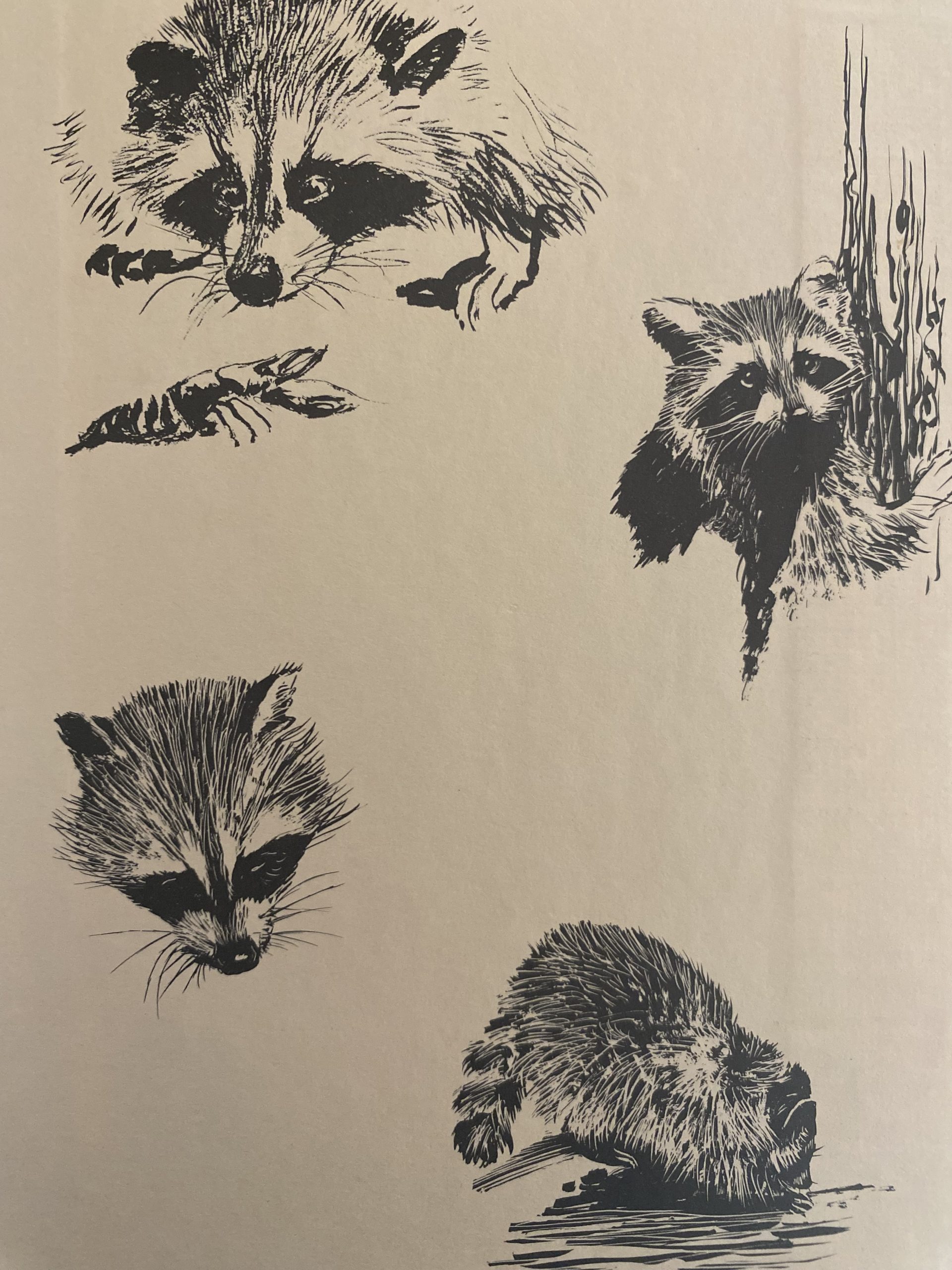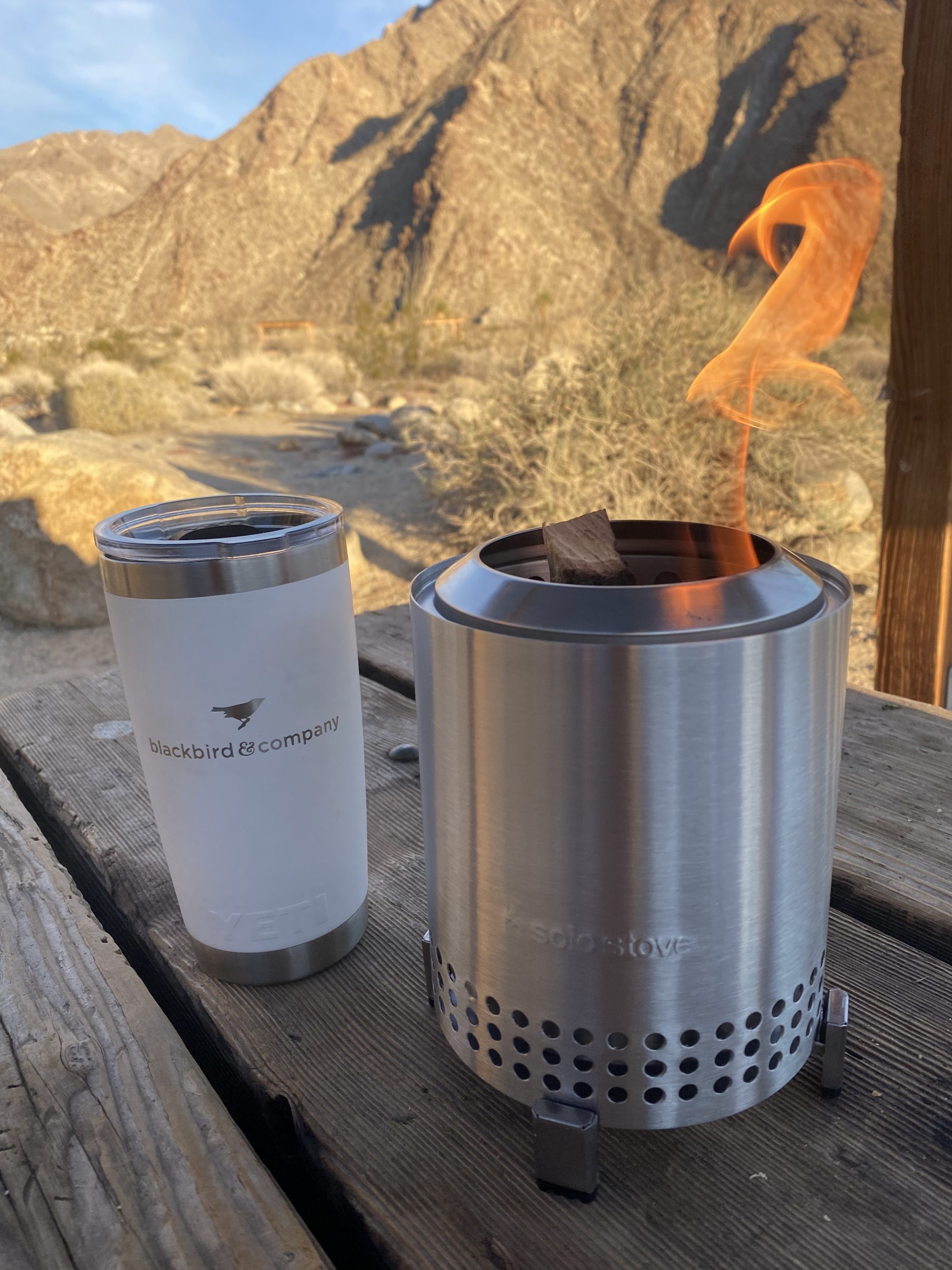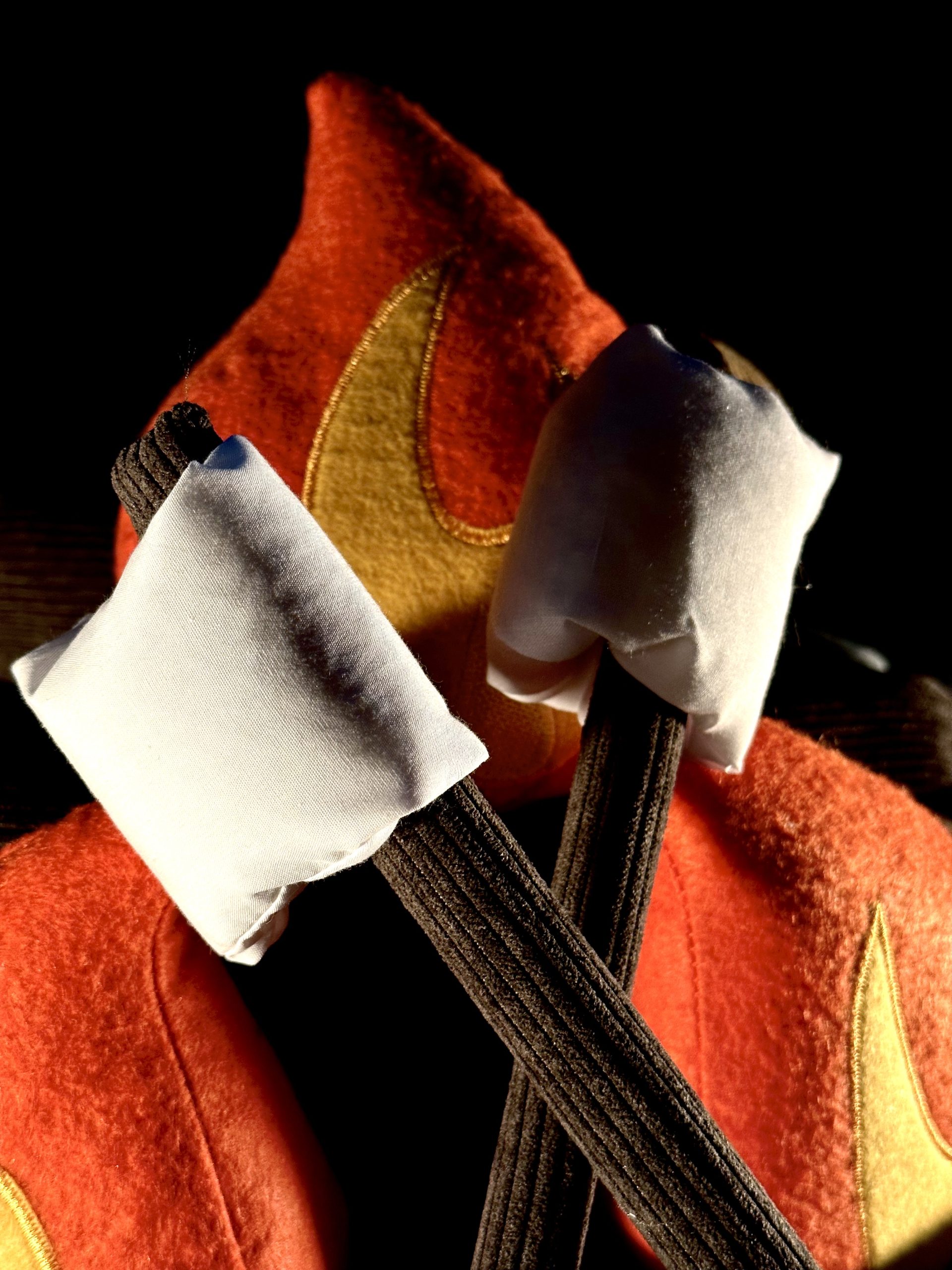
Tip Number 11.
Encourage your student to BE the superhero!
Back in 2010, in the throws of educating my four alongside at least two dozen other children, I constantly doubted the path I was forging. Doubting, that is, until being invited by a friend to the newly released film, Waiting for Superman.
The film’s title comes from a powerful memory recounted by education reformer Geoffrey Canada: “...one of the saddest days of my life was when my mother told me ‘Superman’ did not exist…she thought I was crying because it’s like Santa Claus is not real. I was crying because no one was coming with enough power to save us.”
This resonated.

When I first saw the trailer, Sherman Alexie’s essay, “Superman and Me” came to mind. After viewing the film, a solid connection emerged. Where Waiting for Superman reminds us that an overwhelming majority of children are “not accepted” to successful public schools and leaves our hope dashed, “Superman and Me” picks up the pieces reminding us that the system cannot stop the individual from picking up a book and doing the work of developing a habit of being. What I wrote back then bears repeating:
This movie brilliantly reminds us that reform within the public system is happening in pockets all over our nation and leaves me grateful for those reformers. But it also leaves me with an image of all the children who will shrivel because they do not have Bingo Ball 78 glowing in the palm of their little hand.
The reality is that there are wide-open plains outside of the system waiting for Lewis and Clark—perhaps the sequel?
Reform Lewis and Clark style?
A voyage of discovery?
Yes, please!
As an educator, I for one, realized a long time ago I couldn’t wait for Superman any longer. I encourage my students to slip on the Superman suit before they begin each day, reminding them Alexie style: “The suit will save your life!” Geoffrey Canada’s mother may be right, Superman is not real, but every child has talents equal to Superman’s power—the gift of numbers, the gift of humor, the gift of words, the gift of song, the gift of compassion… an endless list.
“Art is never finished, only abandoned,” according to the Renaissance sage Leonardo da Vinci
So what has art to do with a movie about the state of education in America?
Absolutely everything.
One thing this film fails to examine is the need to move beyond the workforce preparation model of education by addressing the deeper individual needs that are ignored in mass education. How can we provide opportunities for our children to develop literacy, not to mention creative thinking, if we starve individuality?
Leonardo da Vinci left us tremendous insight into his work habits. He knew first hand that, “it is easier to resist at the beginning than at the end,” still he painstakingly collected thousands of his ideas in sketchbooks, most of which would never be fully realized. But I will venture to say there is not one who would dare call him a slacker. There are academic skills that do not fall under the Three Rs umbrella—think rigor, resourcefulness, responsibility.
When my daughter Hannah was 10 she began working at Debussy’s Doctor Gradus ad Parnassum on the piano. One afternoon while I was scrubbing pots and pans in the kitchen, listening as she delicately worked through each new section, I called out, “Is that the Debussy?”
“No this is mine.”
I dropped the pot back into sudsy water, quickly wiped my hands, and walked to the piano, “Your piece?”
“Yes.”
“Play it for me…” and she did, jubilantly, without hesitation. Hannah was composing.
When Hannah turned 13 things began to change. She began to depend on notes more than her ear. Simultaneous to her sight-reading ability moving into the bilingual realm, she became insecure with her creative voice. No amount of coaxing would console the teenage composer to come out of hiding. She wanted to create, but in her mind her ideas never sounded just right. Hannah became paralyzed by all the things we humans become paralyzed by.
Over the course of the next few years I presented opportunities and encouraged her to engage in the process of creating. I reminded her that creating something happens with little steps that begin with an idea, “Remember Da Vinci…’Art is never finished only abandoned’.”
Later, sixteen years ago now, an 18-year-old Hannah courageously took that tiny piece of music she imagined when she was 10 and pressed into the work of making it bloom. This process of polishing, which involved collaborating, led to more tears and more hugs than hands on the keys, pencil to staff paper, or time recording. The fact that the project was to be submitted for a competition made the work real but ultimately Hannah’s prize was persevering through the process of art making.
I will never forget her beaming smile the day we played back the final mixed recording of “Empty Halls.” The composition didn’t win a prize in the competition that year, but did receive encouraging notes back from the adjudicators. “Empty Halls” continues to whisper: “YOU, Hannah, and your beautiful ideas matter!” And it gives this educator—this mother—hope.
So I’ll ask again, “What has art to do with education in America?”
Absolutely everything!
This said, we are proud to announce that late this spring we will be releasing an arts research unit focused on the life and work of Leonardo da Vinci!

Stay tuned for details!
~Kimberly
